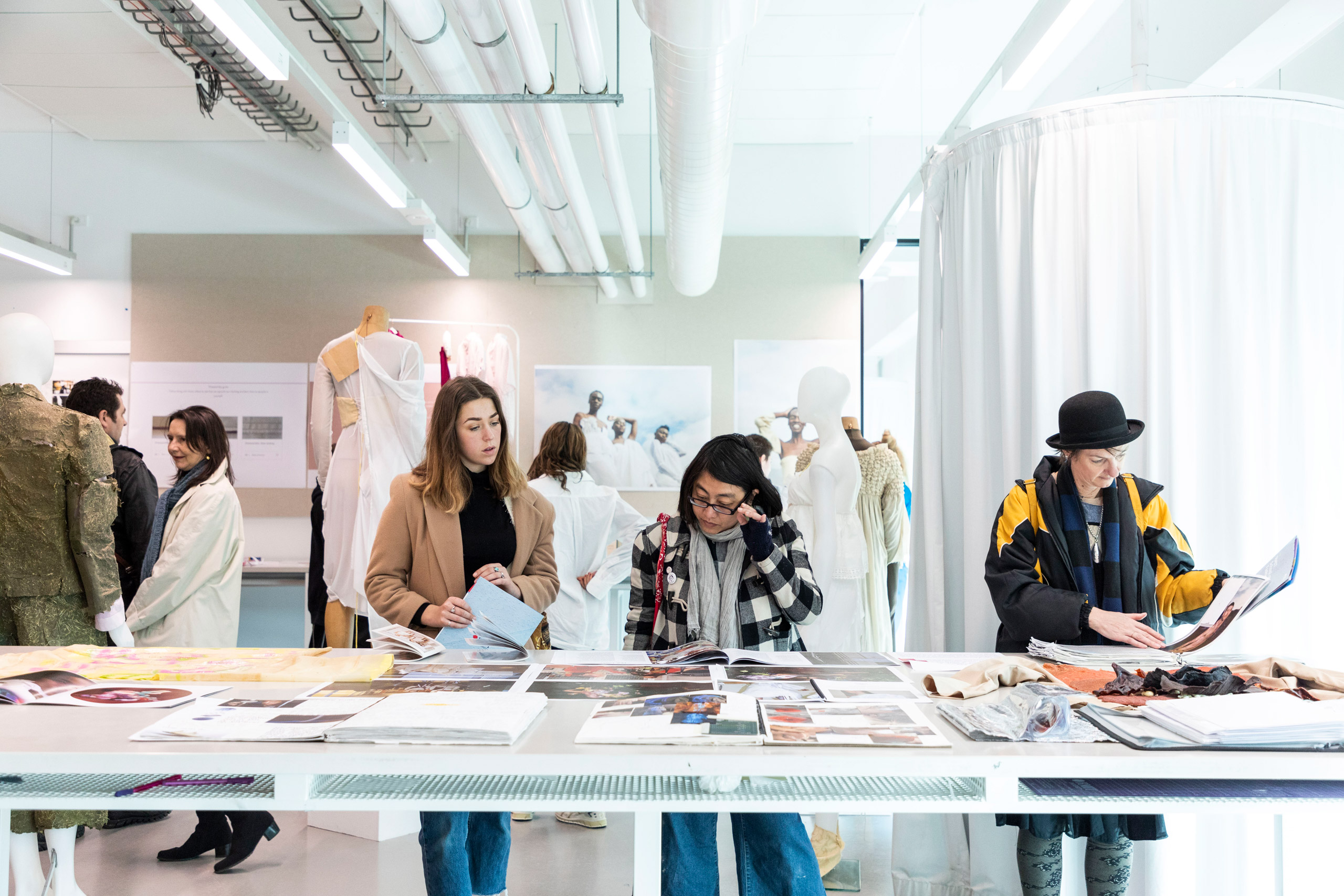RMIT pursues innovation and supports economic development with a mission to bring about a more inclusive and sustainable future for all. We have a proud history of civic leadership and social innovation, having played a leading role in responding to social and economic challenges and changing conditions at critical moments in time. RMIT continues to meet the major challenges of our time with optimism, creativity, vision, and a commitment to working in partnership – across disciplines, industries, and communities – to solve problems and seize opportunities.
As a leading public institution in the city of Melbourne, we have a strong reputation for bringing the right people to the table to meet common challenges. With deep relationships across industry, government and communities, we connect and convene diverse partnerships and networks linked to ambitious impact goals and the pursuit of mutual benefit for people and planet.
RMIT acts as an ‘anchor institution’ across all the places in which we are embedded. We partner with people and places for the long haul, nurturing a collaborative and inclusive vision that celebrates, involves and is relevant to a broad and varied community of learners and beneficiaries. We actively enrich innovation ecosystems to meet local community needs. We tune into local conditions, making best use of existing assets and resources, and attracting new interests and partnerships to create a diverse and dynamic mix of players. We invest in critical infrastructure to enable innovation, facilitate shared problem solving across institutional boundaries, encourage experimentation and support the growth and scale of new ideas, enterprises, and solutions.

